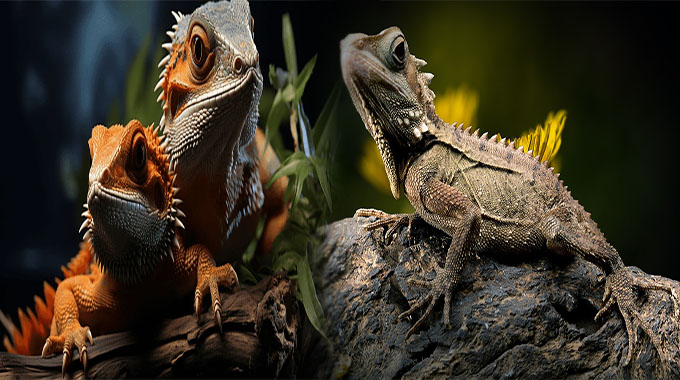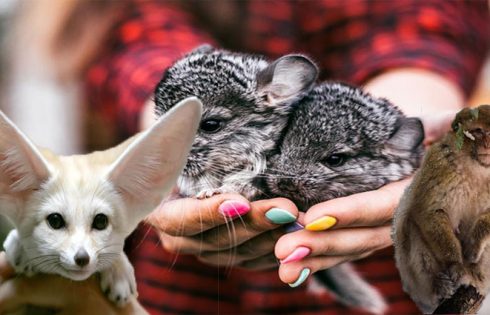Rare exotic reptile breeds require specialized habitats to ensure their health and well-being. These unique reptiles have specific environmental needs that must be met to mimic their natural habitats. In this article, we will explore the importance of providing specialized habitat requirements for rare exotic reptile breeds and provide insights into creating a comfortable home for your reptilian friend.
Understanding the Unique Needs of Rare Exotic Reptiles:
Rare exotic reptiles come from diverse environments, ranging from tropical rainforests to arid deserts. Each species has specific habitat requirements, including temperature, humidity, lighting, and substrate preferences. It is crucial to conduct thorough research and understand the natural habitat of your reptile breed to create a suitable environment that meets their needs.
Temperature and Humidity Control:
Temperature and humidity play vital roles in the health and well-being of rare exotic reptiles. You need to create a habitat that allows for proper thermoregulation, providing a gradient of temperatures and humidity levels. This can be achieved by incorporating heat lamps, ceramic heat emitters, under-tank heaters, or misting systems to maintain the desired temperature and humidity ranges. Monitoring equipment such as thermometers and hygrometers should be used to ensure accurate readings.
Lighting and UVB Requirements:
Many reptile species depend on the proper balance of UVA and UVB light for various physiological processes, including vitamin D3 synthesis and calcium absorption. This is crucial for their bone health and overall well-being. Providing a high-quality full-spectrum UVB light source is essential, as it mimics natural sunlight. Ensure that the lighting setup offers the appropriate UVB intensity and a regular schedule to simulate the reptile’s natural day and night cycles.
Suitable Substrate Choices:
Choosing the right substrate is essential for the comfort and well-being of rare exotic reptiles. The substrate should resemble their natural environment while also allowing for easy maintenance. Substrate options can include coconut coir, reptile-safe soil, sand, or mulch. It is important to consider the specific needs of your reptile breed and find a substrate that provides proper drainage, allows for burrowing or nesting, and is not harmful if accidentally ingested.
Environmental Enrichment:
In their natural habitats, reptiles encounter a variety of stimuli that contribute to their mental and physical well-being. Providing environmental enrichment in their habitat is essential to prevent boredom and stimulate natural behaviors. This can be achieved through the addition of climbing structures, hiding spots, branches, rocks, or artificial plants. Offering opportunities for exploration, basking, and hiding encourages natural behavior and promotes a healthy captive lifestyle.
Regular Monitoring and Maintenance:
Maintaining a specialized habitat for rare exotic reptiles requires regular monitoring and maintenance. It is important to regularly check and adjust temperature and humidity levels, clean and disinfect the habitat, and provide fresh water and appropriate food. Monitoring your reptile’s behavior, appetite, and overall health is also crucial to identify any potential issues or signs of illness. Regular veterinary check-ups are highly recommended to ensure your reptile’s continued well-being.
Providing specialized habitat requirements for rare exotic reptile breeds is essential for their health, happiness, and long-term success in captivity. Understanding the unique needs of your reptile breed and creating a suitable environment with proper temperature and humidity control, lighting and UVB requirements, suitable substrate choices, and environmental enrichment will create a comfortable home for your reptilian friend. By investing time and effort into creating a personalized habitat, you can ensure that your rare exotic reptile thrives and remains a fascinating addition to your life.











